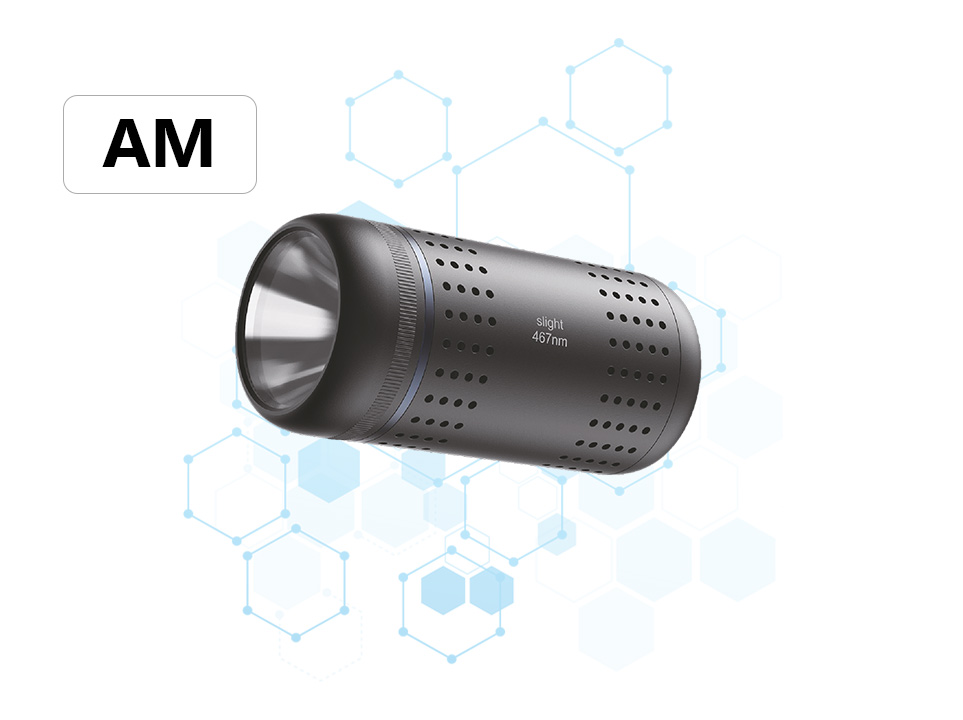Analysis of Olefin Bistrifluoromethylthiolation Reaction Mediated by Photocatalysis
Abstract:
In recent years, photocatalysis has emerged as a powerful tool in organic synthesis, enabling the formation of complex molecular architectures under mild conditions. Among the various photocatalyzed transformations, the olefin bistrifluoromethylthiolation reaction stands out due to its potential to introduce sulfur-containing trifluoromethyl motifs, which are prevalent in biologically active compounds and pharmaceutical agents. This study delves into the mechanistic intricacies and synthetic utility of photocatalyzed olefin bistrifluoromethylthiolation, aiming to provide insights into its reaction pathway and optimization strategies.
Introduction:
Olefin functionalization is a cornerstone in organic chemistry, offering access to a diverse array of compounds with diverse properties and applications. Trifluoromethylthio groups (-SCF3) are particularly attractive due to their ability to modulate the physicochemical properties of molecules, including lipophilicity, metabolic stability, and biological activity. Traditional methods for installing such groups often involve harsh reaction conditions and limited substrate scopes. Photocatalysis, however, offers a more sustainable and versatile alternative. By harnessing the energy of light, photocatalysts can activate olefins and trifluoromethylthio reagents under mild conditions, facilitating efficient bistrifluoromethylthiolation.
Results and Discussion:
Mechanistic Insights:
The olefin bistrifluoromethylthiolation reaction typically employs a photocatalyst, such as a ruthenium or iridium complex, in conjunction with a trifluoromethylthio radical precursor. Upon irradiation, the photocatalyst enters an excited state, which can then undergo single-electron transfer (SET) with the trifluoromethylthio precursor, generating the trifluoromethylthio radical and the photocatalyst radical anion. This radical anion subsequently abstracts a hydrogen atom from an olefin, forming a carbon-centered radical. A second SET event between the carbon radical and another molecule of the trifluoromethylthio precursor leads to the formation of the bistrifluoromethylthiolated product and regeneration of the photocatalyst.Optimization of Reaction Conditions:
Several factors were investigated to optimize the olefin bistrifluoromethylthiolation reaction, including the choice of photocatalyst, solvent, light source, and reactant concentrations. It was found that ruthenium-based photocatalysts generally outperformed iridium counterparts in terms of yield and selectivity. Solvents with low polarity and good solubility for both reactants and products were preferred. The use of LED light sources provided a balanced compromise between energy efficiency and reaction rates. Fine-tuning the concentrations of reactants and photocatalyst further enhanced the overall yield.Substrate Scope and Limitations:
The substrate scope of the olefin bistrifluoromethylthiolation reaction was explored using a variety of olefins, including alkenes, alkynes, and allenes. The reaction tolerated a wide range of functional groups, such as esters, ethers, halides, and nitriles. However, olefins containing sensitive functionalities like ketones and aldehydes were less reactive, likely due to competing side reactions. Additionally, steric hindrance around the olefinic bond significantly impacted the reaction yield and regioselectivity.Synthetic Applications:
The developed photocatalyzed olefin bistrifluoromethylthiolation reaction was applied in the synthesis of several biologically relevant compounds. For instance, the incorporation of bistrifluoromethylthio groups into steroidal scaffolds led to enhanced lipophilicity and metabolic stability. Furthermore, the method was successfully adapted for late-stage functionalization of complex natural products, demonstrating its utility in medicinal chemistry.
Conclusion:
In conclusion, the olefin bistrifluoromethylthiolation reaction mediated by photocatalysis represents a powerful strategy for the introduction of trifluoromethylthio motifs into organic molecules. Through detailed mechanistic studies and systematic optimization, high yields and broad substrate scopes were achieved. The synthetic versatility of this reaction was showcased through the synthesis of biologically relevant compounds, underscoring its potential in medicinal chemistry and material science.
Keywords: photocatalysis, olefin functionalization, trifluoromethylthio groups, organic synthesis, mechanism studies.





